I think I am late in answering this question. I was exactly in your situation about 2 years back. I started with RF to learn electronics. And oh my god, what a journey it has been so far. I also have to maintain a day job to put food on the table. So let me brief you what is needed. I made the choice that I won't use any prebuilt module.
1) What is the frequency of transmission. I planned 200 MHz, but later moved down to 60 MHz. Check 2nd step.
2) Why because once you start putting the components together you will notice that the capacitors, and inductors are not behaving as expected. Besides you will face lot of parasitic capacitance. Building a consistent local L-C oscillator is just tough. you will face lot of noise, I mean lot. Also you will have overtones (harmonics) in frequency. You need solid knowledge on Fourier transform, and poles-zeros. How they give you resonance. Also here you need to know about feedback, esp. positive feedback. Books generally teach you about negative feedback, but hardly positive feedback (even if they do, they tend to be brief). Designing a stable oscillator will call your thorough knowledge on almost entire analog electronics.
3) OK. So you have a stable oscillator, now you need to design your antenna. As I said, lower frequency implies higher antenna size, and vice-versa. While designing antenna on your own, you need to be thorough on transmission line theory and electromagnetism. Assuming you are in HF/VHF. If you want to go to Microwave region ( > 1 GHz), you need to know about waveguides. In designing your antenna, you have to very careful about feed-point design so as to make sure you have a balanced radiation (e.g. Dipole Antenna). You may need to learn softwares such as 4NEC2, its free and extremely good.
4) So you have the antenna and oscillator. Now you have to create your signal, and send it. Assuming you want digital communication. In that case, lets first talk about creating baseband signal and modulation.
4-a) Say you want to send a Byte of data. Very first thing you have to decide on is whether you want synchronous/asynchronous one. By which I mean the local sine wave oscillator (stage 2 above) are in phase or not. Say we want asynchronous one, say screw phase (don't take it literally though, phase is an extremely important concept). Now the data has to be modulated. You can use many modulation techniques (try Digital Communication by Haykin, check the chapter on passband transmission). This is a hard topic. You also need to come up with a method to sync clock in both transmitters and receivers, irrespective of whether you want sync/async communication. You can be clever and try some modern dsPIC microcontrollers here.
4-b) Now lets talk about sending. As you know you can't send signals at very low frequency (say 20 KHz). You have to shift the signal to much higher frequency. and you need to know something called Mixer. Here you would have to shift the frequency up(down).
5) Did I talk about filtering. You have to remove noise from signals via DSP. Here you need to know about filtering theory. You may implement FIR/IIR filters. You need to be really solid in Mathematics, signals and systems at this stage.
6) You need to be good in hardware programming as well, as you will be programming DSP processors (e.g. dsPIC).
Please remember this is very broad idea I am giving. You need to be very hands-on on soldering circuits on general purpose PCB. Here you will face concepts such as parasitic capacitance, ground plane all of which can ruin your system.
Good luck. You have chosen the right area to start, you would have hell of a tough time, but man if you do it all correct, you will be one hell of a person.
My project is still not complete, its ongoing.

